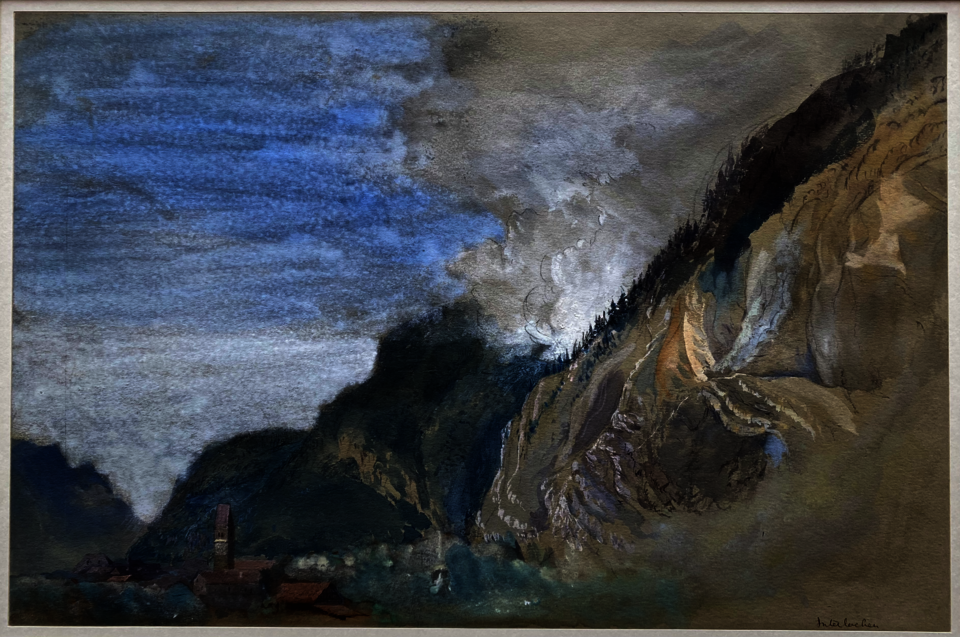About
Jeremy Melius is a historian of modern art and criticism who has published widely on figures such as John Ruskin, Pablo Picasso, and Lee Bontecou, and on topics such as the history of connoisseurship, the afterlife of Botticelli, and the relation between photography and sculpture. His work has often been framed by the complex entanglements of word and image, and their consequences for the treatment of works of art as forms of historical evidence. He completed a PhD in History of Art from the University of California, Berkeley (US) and has held academic appointments at Princeton University, Johns Hopkins University, Tufts University, and University College London. His research has been supported by the Huntington Library, the American Council of Learned Societies, Villa I Tatti, Corpus Christi College, Oxford, and the Clark Art Institute, among other institutions.
Project
As a NOMIS Fellow, Melius will work on a book concerning the Victorian critic John Ruskin and his fraught relation to art history. It aims to bring into focus what remains living in Ruskin’s complex thought—what historical, theoretical, and ethical stances it still offers for approaching thelife of images. The project follows the critic¢s own centripetal and eclectic vision as it turned to objects that were geographically distributed and various, from the paintings of Veronese to the degradations of modern scientific illustration, the atmospheric signs of climate change to the tomb-slabs of medieval Florence. Investigating his intensive modes of attention, it offers a reappraisal of Ruskin¢s place within the history of criticism, and of the novel perspectives his thought advances onto images as sites of contestation and world-making.

